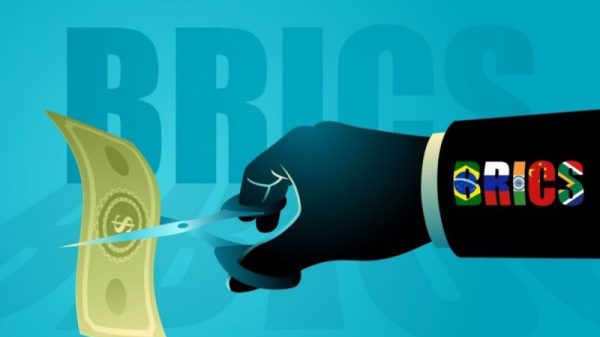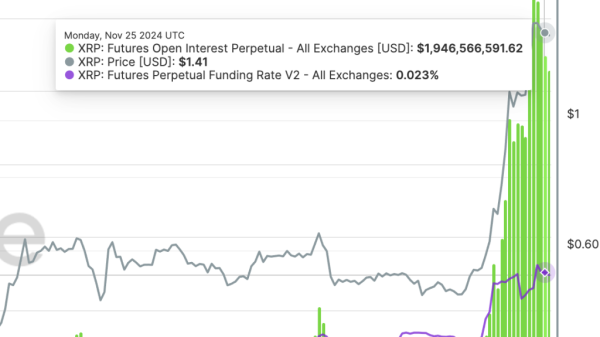Fueling the Rivalry: The Unlikely Heroes of Chili’s Sales Turnaround
Ever since its establishment in 1975, Chili’s Grill & Bar has been an iconic name in the American casual dining sector. However, like many businesses of its kind, it fell victim to the economic fallout resulting from the COVID-19 pandemic. But true to its Texas spirit, the Grill did not stay down – with resilient efforts, Chili’s renowned parent company, Brinker International, declared a significant turnaround in sales. The architects of this comeback? A popular social media platform, TikTok, and the timeless allure of fast food rivalries.
Earlier this year, Chili’s faced a considerable challenge due to the restrictions put upon dine-in facilities as part of the efforts to curb the spread of the COVID-19 virus. These constraints meant a significant blow to the restaurant’s revenue stream; an impact felt across the hospitality sector. Nevertheless, Chili’s bounced back to profitability. The surprising part was the strategy employed to meet this end – leveraging the power of social media and reigniting a classic food war.
The starting point was TikTok, a wildly popular platform with a dedicated Gen-Z user base. Brinker utilized this demographic’s love for cooking videos, fun challenges, and viral trends to create interest around Chili’s products. This approach was nothing short of a stroke of genius. In one viral video, a TikTok user posted about recreating the Chili’s beloved Southwestern Eggrolls. With over 2-million views, the intriguing video offered precious advertising for the restaurant – a clever and cost-effective strategy in the era of social distancing.
The second part of the comeback strategy was reigniting the age-old fast-food rivalry. In this case, Brinker reignited the “Chili’s vs. Applebee’s” war. By playing on the competitive spirit associated with American sports events, Brinker pushed the theme of competition amidst these chains. This resulted in increased attention, creating a buzz on social media and inviting users to pick a side, thus indirectly prompting product purchases to support their chosen team. Consequently, this led to the surge in Chili’s sales.
It’s worth noting that these marketing strategies weren’t just about short-term gains, but also about fostering a long-term customer base. Reinforcing a sense of connection and camaraderie among customers is vital to retaining patrons, especially during challenging times. Chili’s efforts in engaging Gen Z users via social media and fueling friendly competition was meant to cultivate a dedicated, younger audience that would resonate with the brand long-term.
Furthermore, these strategies were cost-effective. Both the attention drawn on TikTok and the rekindled rivalry with Applebee’s allowed Chili’s to regain the spotlight without incurring massive marketing expenses. It capitalized on organic content and a bit of game theory, thus demonstrating the vast potential of non-traditional marketing tactics.
To sum up, Chili’s utilized an unconventional yet highly effective strategy to rebound from the economic punch of the pandemic. It married the power of TikTok and the timeless intrigue of fast food rivalries. The success of these tactics not only highlights how companies can adapt and thrive amidst crisis but also serves as an interesting case study for modern marketing techniques.






























